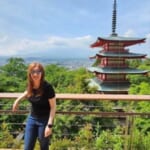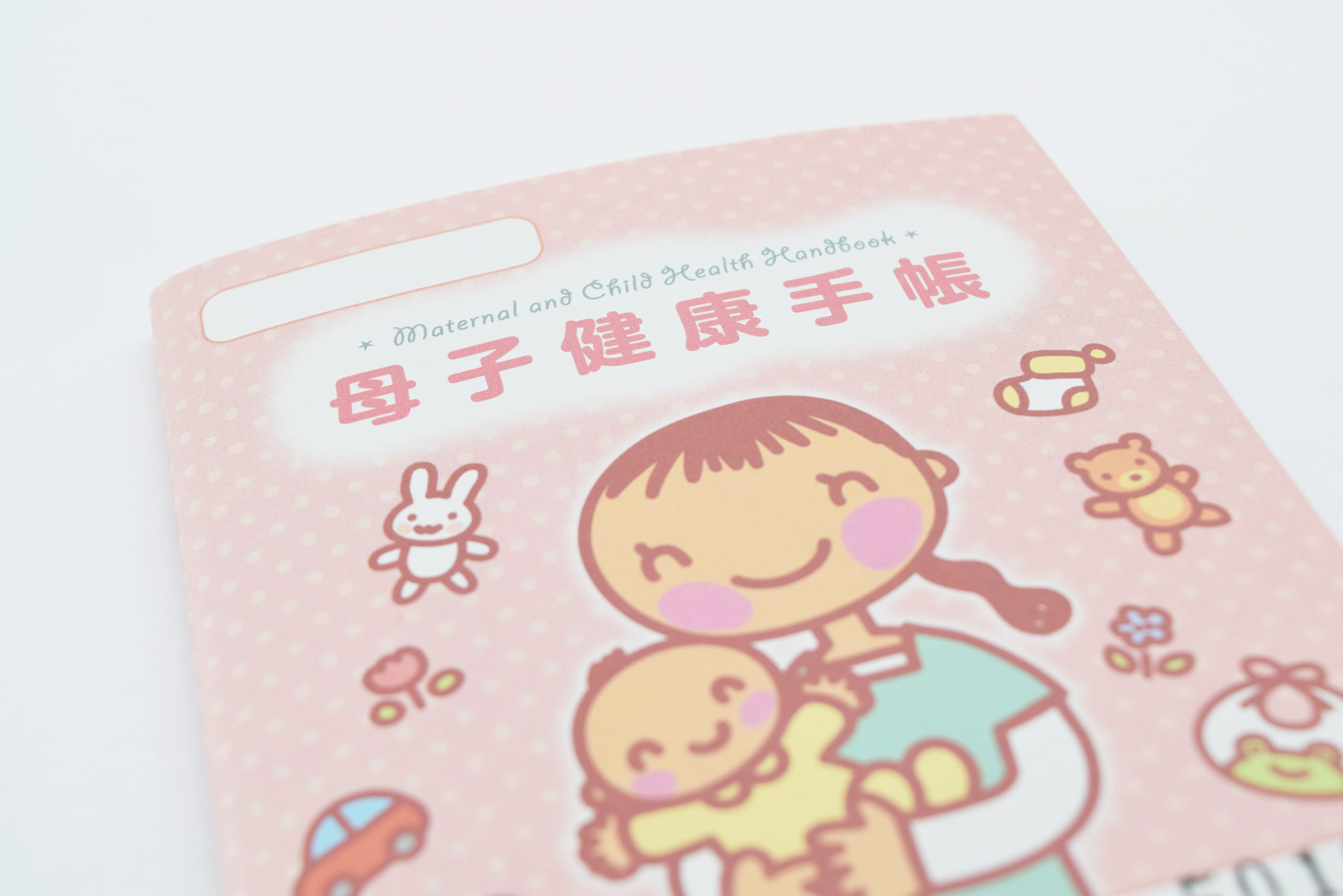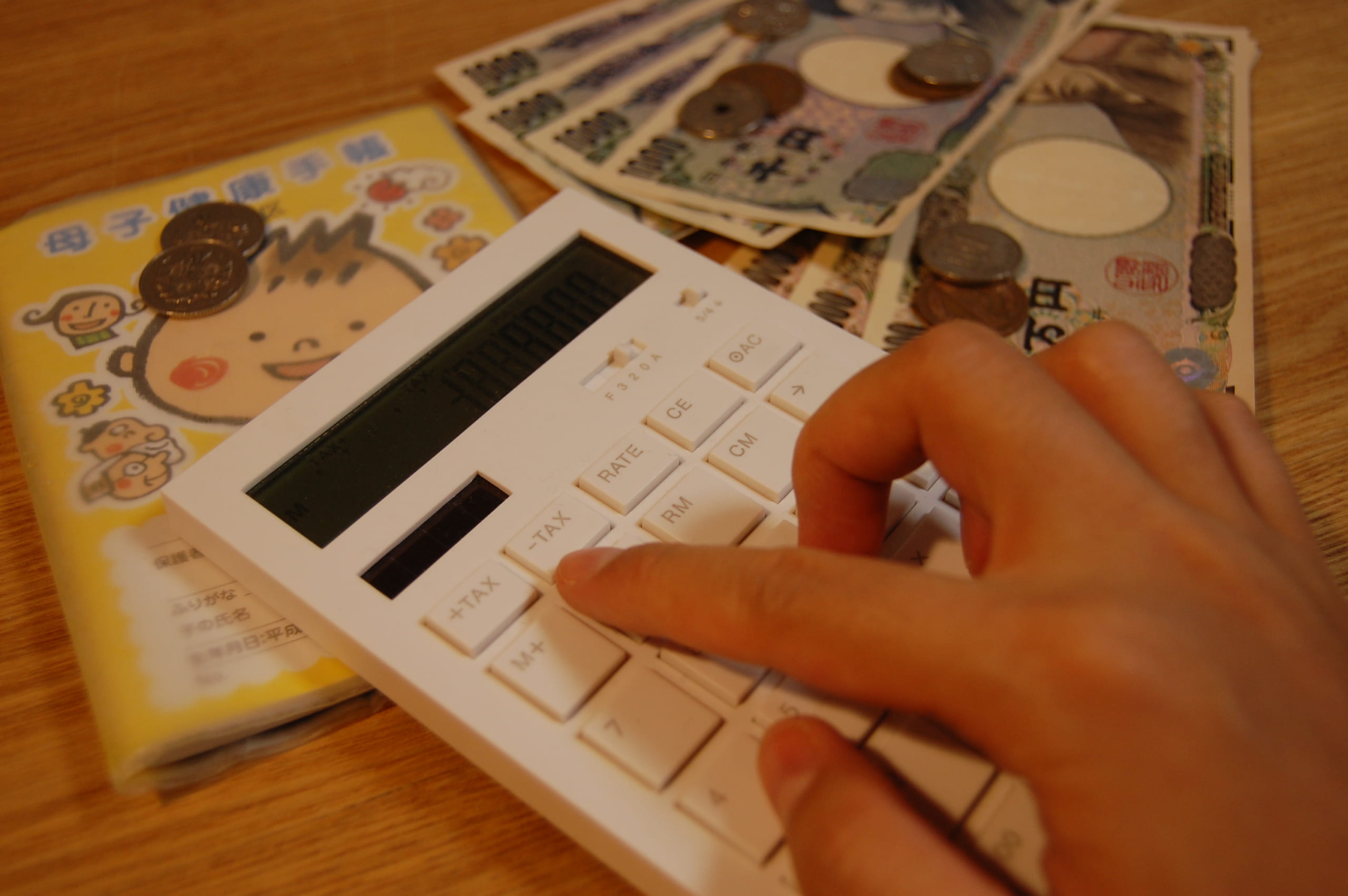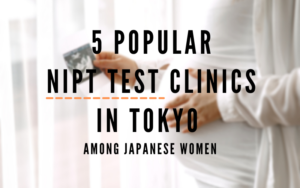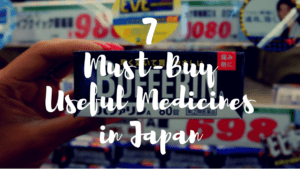A basic guide about pregnancy in Japan.

Whether it is wanted or by surprise but desired, a pregnancy is always a mixture of emotions. Joy and euphoria but also nerves and fears, especially if it is the first time. And those nerves are even more so if you are also in another country, completely different from your country of origin and without your family (especially your mother). Pregnancy and childbirth is universal, but the way of managing the pregnancy process, the treatment or practices in hospitals, economic aid from the government, etc. can be very different in countries with different cultures or ways of life.
Future foreign mothers in Japan have to deal with the hormone revolution and what this implies on an emotional level, the physical discomforts that pregnancy can cause (nausea, dizziness, etc.) on many occasions without the support of their family, with their partner having to going to work every day, which leaves them alone with the pregnancy. It’s hard enough to also have to deal with cultural differences. So with this article we want to help a little to facilitate the process of being pregnant in Japan for foreign women (especially those who do not speak the language).
1. Take a pregnancy test at the hospital
(recommended 5th to 6th week of pregnancy)
It may seem obvious, but the first thing to do is confirm the pregnancy. That your period does not arrive on the scheduled date can be a great joy or make you panic, depending on the situation of each one. But in any case, before letting yourself be carried away by one feeling or another, you have to make sure.
If your period is a week late than expected, the first step would be to buy a pregnancy test at a pharmacy. Although it may be difficult to have to spend a week with these feelings and doubts, almost all pregnancy tests in Japan warn that they are only 99% effective after a week of your missed period. If you do not know how to order these tests at the pharmacy, in Japanese they are called 妊娠検査薬 (ninshin kensayaku) but if you say 妊娠判定テスト(ninshin hankie tesuto) they will also understand you. In fact, on some sites they have it written in the second way. For who does not know, 妊娠 (ninshin) means pregnancy.
If the result is positive, the next step is to go to a clinic or hospital as soon as possible for a doctor to confirm or not the result. If the result is negative, but your period still does not show for several more days (sometimes your own nerves due to insecurity can delay your period), it is also highly recommendable to visit a doctor (it could be a false negative, or it could be someone other medical problem that needs to be looked at). In either case, it will always be a doctor who must confirm the pregnancy.
For those who do not want to wait a week there are an early pregnancy test called 早期妊娠検査薬 (souki nishin kensa-yaku). However, they are not so easy to access (you need a pharmacist and not a simple drug store and fill in various personal information, like your name and address).
2. Get your Mother and Child Health Handbook
Once the pregnancy is confirmed, it must be registered in your city hall. It is usually done around the 11th week of pregnancy, when the doctor can confirm the baby’s heartbeat. When you notify your city hall about your pregnancy, they will give you the 母子健康手帳 (boshi kenko techou) or Mother and Child Health Handbook and some discount coupons. You can use them on your visits to monitor your pregnancy at the hospital or clinic of your choice. The book is used to record the results of your visits to the clinic or hospital and the tests that you may need, as well as the first month postpartum check up.
Once the baby is born, this book is also used to record the results of all the children’s medical check-ups and vaccinations that are taken up to 6 years. Therefore, it is an important document to follow the process of your pregnancy and that of your child. If you don’t feel comfortable with Japanese language, they can give you an English version. The Mother and Child Health Handbook contains a lot of important information about your child, so is better if you are sure that you understand 100% that information.
To register your pregnancy you need a 妊娠届出書 (ninshin todokesho), a pregnancy notification from the clinic.
Some municipalities also give a small amount of money (about 10,000 yen) to be able to use in things that the baby may need, but that depends on the municipality.
Also at this time, the city hall will give you what is known as a “maternity mark” or マタニティマーク (Matanitei Maaku) in Japanese. This mark is like a badge or keychain to hang from your bag to let others know that you are pregnant. In the mark you can read a phrase in Japanese that could be translated as “There is a baby in my belly”. Technically, it is for people to give you the reserved seats on trains or buses and treat you with carefully (however, many pregnant women complain that in Tokyo they rarely give you their seat and pretend to be asleep when they see the mark) .
3. Apply for the lump-sum allowance for childbirth
(If you are working, also apply for maternity and childcare leave)
One thing to keep in mind in Japan is that medical expenses for giving birth have to be paid. This may seem obvious to people who come from countries with similar systems, but it may come as a surprise to those who come from countries with free healthcare. The good part is that the Japanese government offers financial aid to people who decide to have children.
The general assumption is that mothers-to-be who are enrolled in the Japanese health insurance are eligible to receive a “lump-sum allowance for childbirth” for the amount of 390,000 yen-420,000 yen. There are two ways or systems to receive the money. One is that you must first pay the full cost out of pocket, and then you receive the money. The other system is a direct payment of this allowance by your health insurance provider to the hospital or facility at which you gave birth. Under this system, depending on the actual amount of expenses incurred, only actual expenses in excess of the lump sum are paid by the patient, or any unused amount of the lump sum is covered by the insurance provider. Procedures for taking advantage of this system should be conducted at the appropriate hospital or facility.
Also, if you are working it is advisable to notify your company about your pregnancy since if you wish you can take maternity and childcare leave. Not only regular employees, but also part-time workers and laid off workers can take maternity leave and childcare leave, so check with the company.
Maternity leave can be taken 6 weeks before the expected date of delivery (14 weeks for twins or more) at the person’s request. Child care leave can be taken up to the child’s first year. However, if you cannot find or get a place in a nursery school, you can extend it up to two years (an extension of 6 months is made first and another 6 months later if you have not found a nursery school). Many pregnant women on maternity leave are not paid. For these women there is a maternity allowance. If you apply to your company, you will receive two-thirds of your daily salary from your health insurance for the number of days you are absent for maternity leave.
4. Check vaccines you can take even pregnant
One of the biggest concerns for pregnant women is how what they put into their body can affect their baby. Almost everyone knows that taking substances with caffeine or nicotine for example can negatively affect the development of the baby. But what about medications or vaccines, if the mother needs them?
There are two types of vaccines depending on the manufacturing method: live vaccines cannot be administered during pregnancy, but inactivated vaccines can be administered. Typical inactivated vaccines that can be inoculated include influenza vaccine, hepatitis B vaccine, pneumococcal vaccine, etc.
Women who are currently pregnant may be concerned about the new vaccine for covid-19 infection. The Pfizer vaccine is a new type of vaccine called mRNA vaccine. Unlike live vaccines made by weakening the virulence of viruses, this vaccine does not require you to worry about becoming infected with the new coronavirus by inoculation.
Talk to your doctor about the vaccines that you may need to have better information.
5. Decide a hospital to give birth and make a reservation
Generally, when they want to confirm pregnancy, most women simply choose a gynaecological clinic near their home or work where they can easily get an appointment. But when we talk about giving birth and carrying the entire pregnancy, is recommendable choose carefully. There are many things to consider, such as the delivery options that the hospital or clinic offer or not, the cost of childbirth, possible cultural differences and communication with the doctor (whether they understand English or not, etc). Japanese doctors have a reputation among foreign mothers for being very strict about weight and not seeming to understand the differences between the bodies of women from other countries.
Also, it is better if it is a clinic near your home, since when the water breaks, no one wants to have to travel to the other end of the city.
IMPORTANT: NOT all hospitals and clinics in Japan offer epidurals. In fact, it is often said that very few offer this service and it is also very expensive. So think carefully if you want to have the option of an epidural or not, and if the answer is yes, ask the hospital or clinic if they offer it before making the reservation.
6. Calculate the cost of childbirth
Once you have decided the hospital or clinic where you want to give birth and we have confirmation that we are going to receive help from the government (or not), it is advisable to calculate how much the whole process will cost us (and make sure that we have the necessary budget).
To be able to do this calculation it is also good to know that although Japan has a co-payment system and not a private system, not all hospitals and clinics have the same rates. The amount of childbirth costs varies depending on the type and region of the facility and the timing of childbirth.
7. Think about NIPT Test
Non-Invasive Prenatal Testing (NIPT) is a blood test for pregnant women to check their baby with a chromosomal disorder or not. There are three chromosomal abnormalities that can be detected by NIPT: trisomy 21 (Down syndrome), trisomy 18 (Edwards syndrome), and trisomy 13 (Patau syndrome).
The major difference from the conventional prenatal diagnosis is that it is a very light test that only collects blood from the mother, and that it can perform fetal chromosomal abnormalities with high accuracy of 96.5% sensitivity and 99.9% specificity. The conventional tests like amniocentesis and chorionic villus sampling (CVS) are more invasive and carry a very low risk of miscarriage. That’s why in recent years the NIPT test has become the most popular test method. In Japan it was introduced in 2013.
If you want to know more about the NIP Test I recommend you read this article:
8. Make a birth plan
The birth plan is a form to fill in what you want from your doctor / midwife if you have any wishes or requests regarding pregnancy or childbirth.
Some people think that they can only fill in their wishes for the delivery method, but in fact, you can also fill in your thoughts and wishes for childcare and how you want to spend you time during hospitalization.
9. Start looking for a nursery
Until now, in Japan, the most common thing was that women stopped working when they became pregnant and began to take care of their children. Nowadays some women continue to choose this option, but more and more women want to continue working after becoming mothers (or who, due to their economic situation, have to work both in the family). That is why in recent years there have been more and more demands on nurseries, and in large cities like Tokyo, for example, there is a problem of free places. Other mothers do not return to work, but they prefer that their child go to a nursery for a few hours a day for other reasons (make friends, spending time outside, etc.)
So if you live in a big city, you better start looking at nurseries early. There are several types of nurseries, and which one is the best for you depends on your lifestyle and work style (and your budget). But for your information, if you want to enter an authorized (public) nursery, the situation of each family will be quantified and judged based on the working conditions of the parents.
10. Buy baby goods
One of the last but not least steps is to make preparations for when the baby is born and for the mother’s admission to the hospital. There are many things to buy, especially for first-time parents (if it is the second baby you can use things from the first baby).
It’s best to gradually prepare for hospitalization for childbirth when you’re feeling well (no pregnancy aches or pains), but as a general rule, this is usually done between the 8th and 10th months of pregnancy. As with childbirth preparations, it is safest to have only the minimum necessary items before being hospitalized. Although it is something that nobody wants to think about when they are pregnant, in every pregnancy there is a risk of miscarriage or that something will go wrong at the time of delivery. That is why it is often thought that buy things too soon can bring bad luck.
I hope this article has been able to help you prepare for your pregnancy in Japan. If you want more information about be pregnant in Japan, you can also take a look these articles.
▽Related Articles▽
Written by
From Barcelona to Tokyo. Coffee & Adventure lover????☕️
I started to like Japan because of the anime, music and doramas, but after my first trip to the country I found what I love the most: traveling around, the culture and history. I have travelled a lot in Japan, but I still have many places to discover that I want to share with you????????♀️ Let’s discover Japan together!
Also, as a foreigner living in Japan for over 6 years I understand what kind of things are difficult when you move here and I want to help other people in the same situation that I have in the past.
